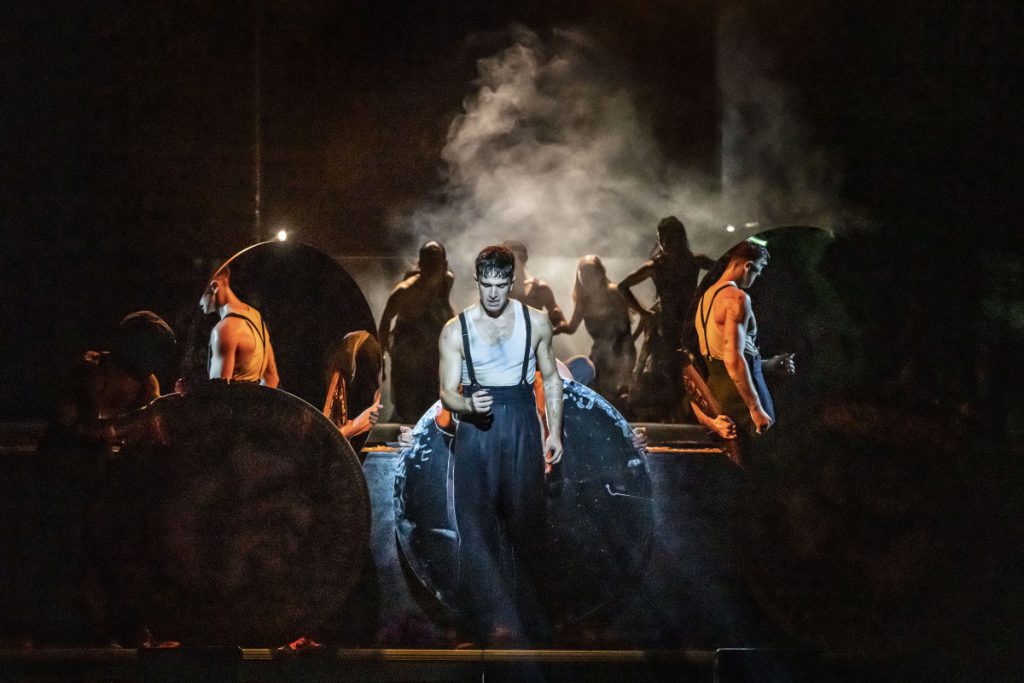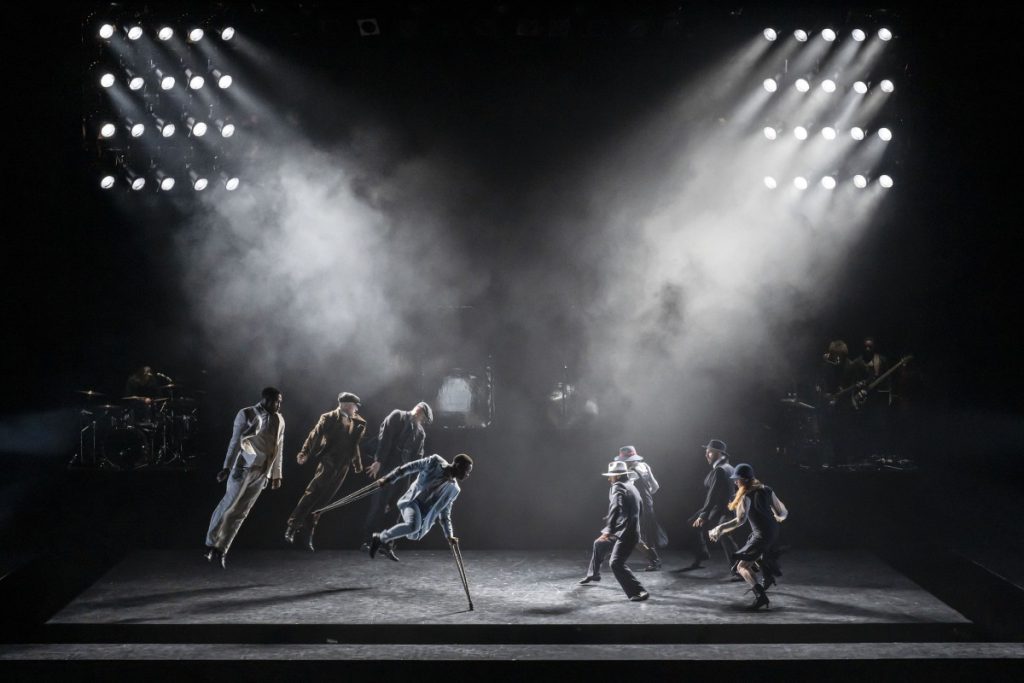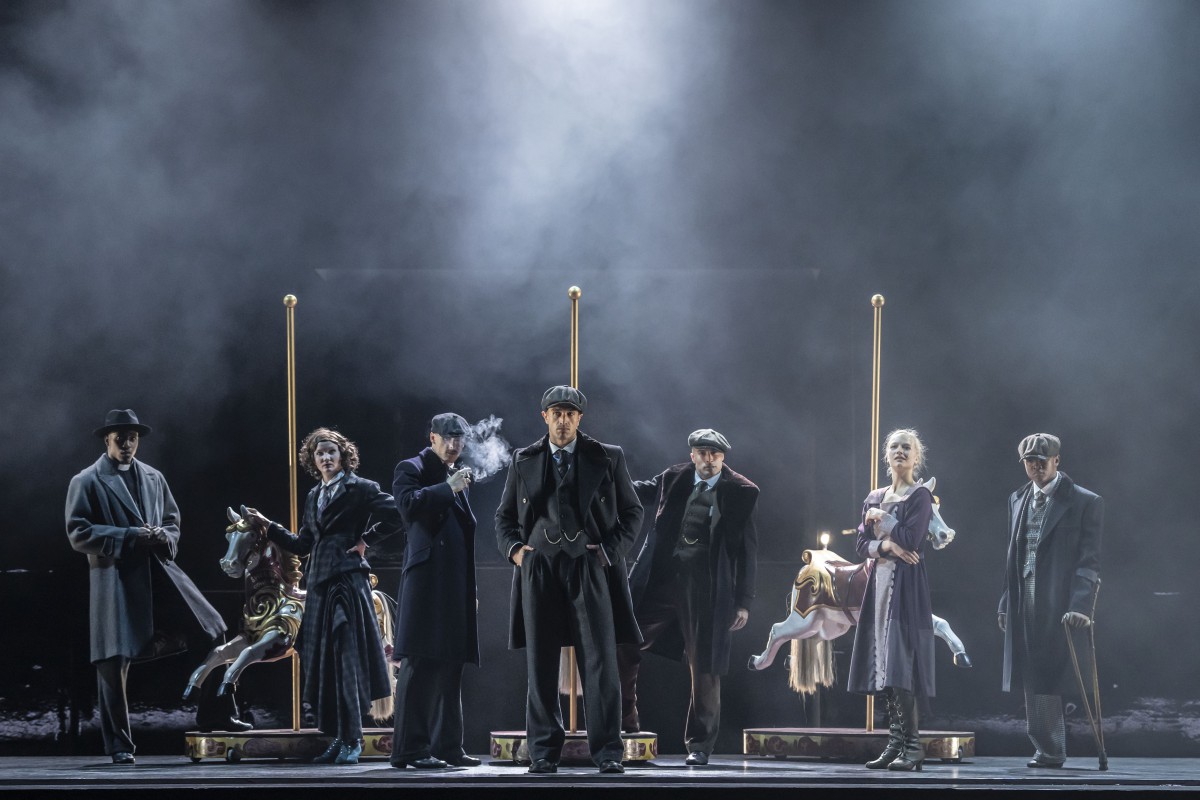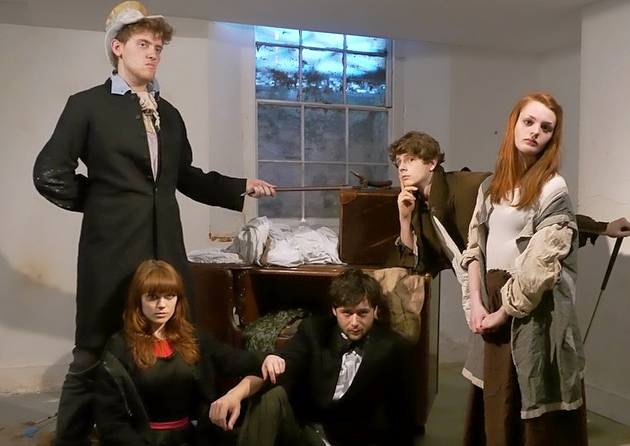This latest instalment of the Peaky Blinders story is a stunning feast for the eyes, ears, and heart, telling the tale of Birmingham’s infamous criminal gang through dance.
From the pre-show warning of no phones, filming, or fighting it is clear this is no typical dance show, and although no one really expects fisty cuffs to break out amongst the Theatre Royal crowd it is definitely a bit more masculine than the usual Rambert audience.
The opening scene posts a high bar with Natasha Chivers’ lighting design perfectly matched with Moi Tran’s simple but flexible set to evoke a war time trench with barely more than a bar of light. That ingenuity continues throughout, with minimalist but evocative staging.

It also introduces Roman GianArthur’s menacing and domineering score which pervades the show and is mixed with a handful of existing tracks – most noticeably a repeating refrain from Nick Cave’s archly dark Red Right Hand.
From then on the first act is an intense, almost overwhelming barrage of imagery, music, and motion. Guillaume Quéau leads the pack as Thomas Shelby – the leader of the Blinders. He shows great range, from the angular, muscular spasms of post-traumatic stress to the sinuous seduction of future wife Grace, played by Naya Lovell.
The two are outstanding in the nightclub scenes, which are a busy and accomplished mix of ensemble choreography and individual storytelling – one of the highlights of director and choreographer’s Benoit Swan Pouffer’s exceptional work on this production.
Musa Motha, who lost his leg aged 10, also repeatedly impresses as injured former soldier Barney, with his crutches proving useful props in fight scenes and in no way compromising his prowess as a dancer.

There is further star power from poet Benjamin Zephaniah, who took part in all six series of the TV series on which the production is based, lending his recorded voice as narrator.
The second act is more challenging for those in the audience drawn in by the TV franchise rather than the dance, with a prolonged abstract exploration of Shelby’s opium addiction, but it does eventually return to a more narrative format. The ‘battle of Charlie’s yard’ towards the close offers some of the best choreography of the piece, with frenetic yet slow motion fighting including some semi-synchronised work by the ensemble.
This is a bombastic and brilliantly conceived and executed production, as sharp as the razor in a Blinders’ cap. It’s not going to convince every fan of the TV show that modern dance is for them, but it will go down fighting as it tries.
Peaky Blinders: The Redemption of Thomas Shelby continues at Norwich Theatre Royal until January 21, 2023.


